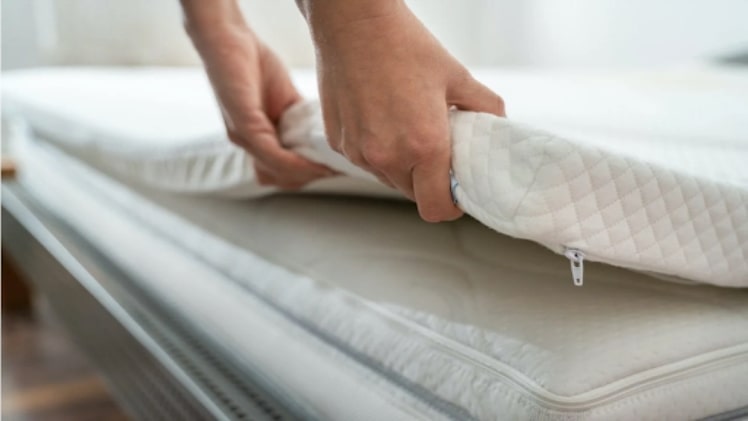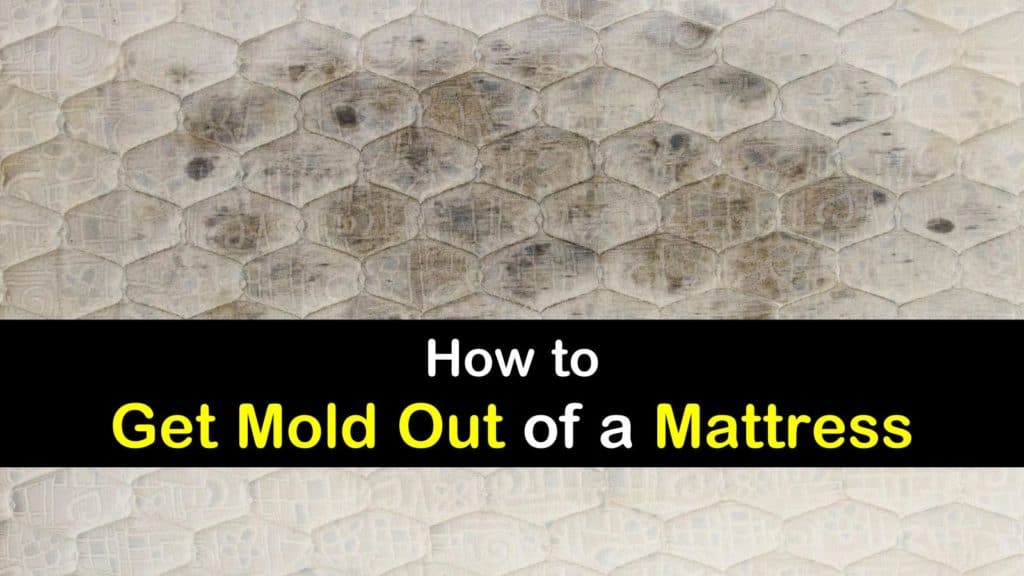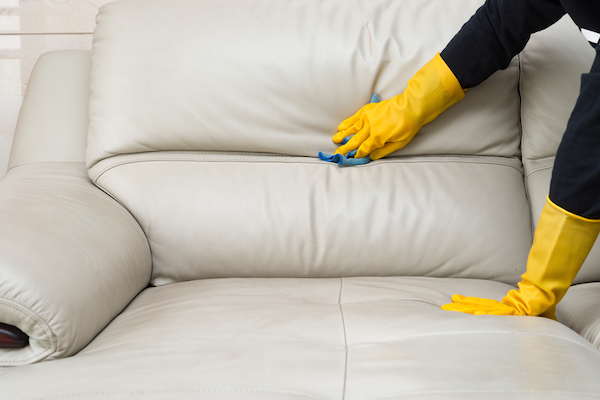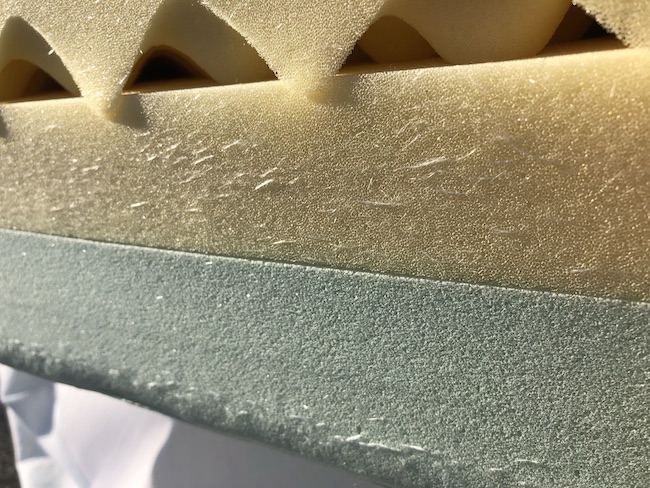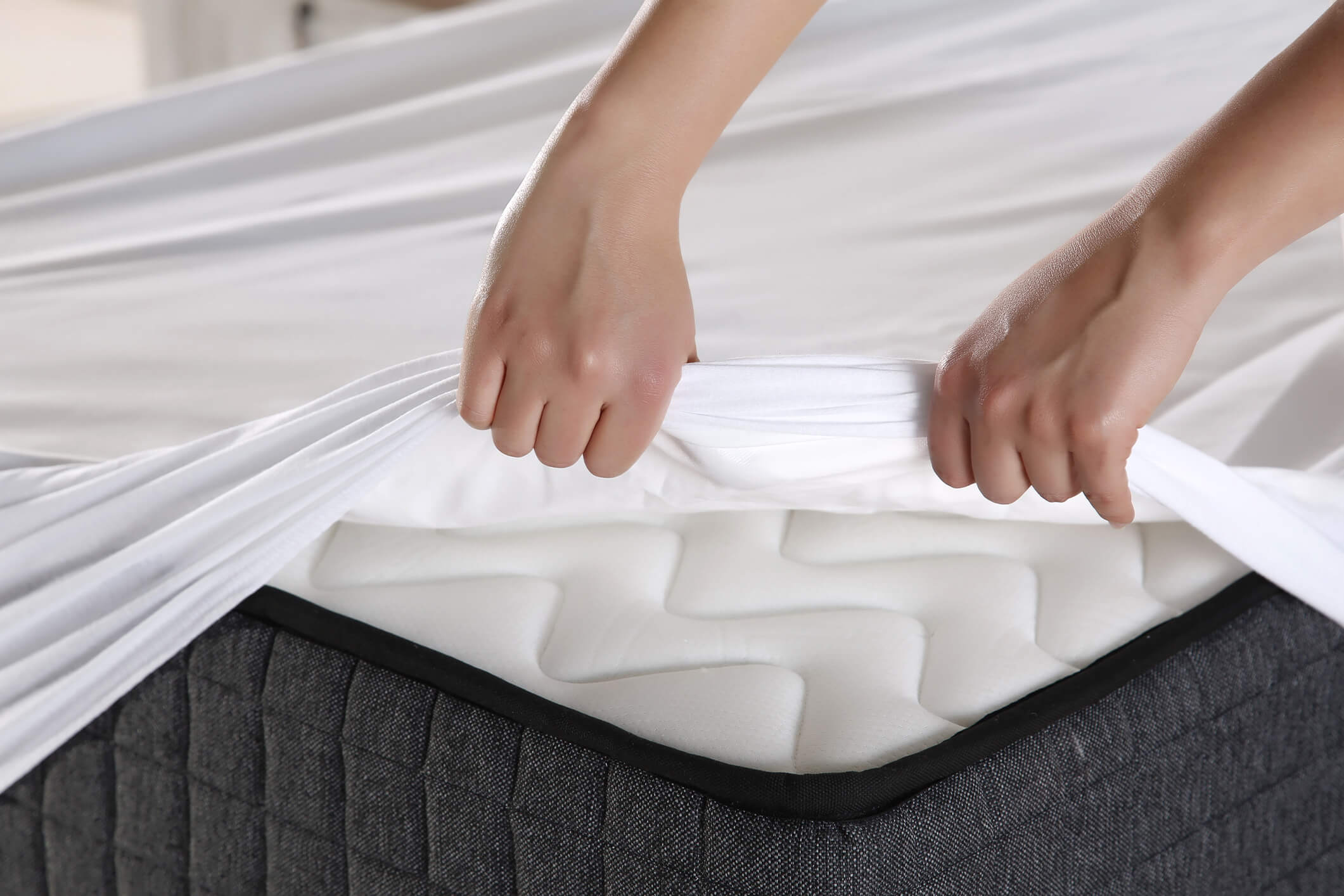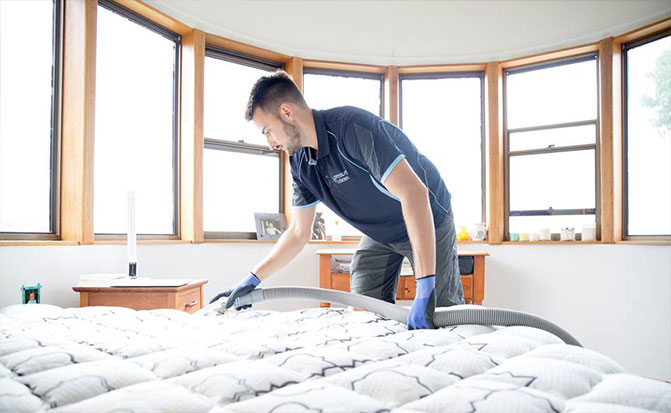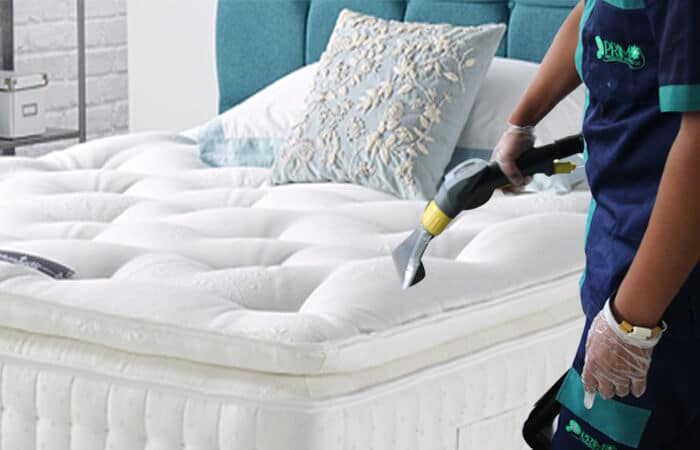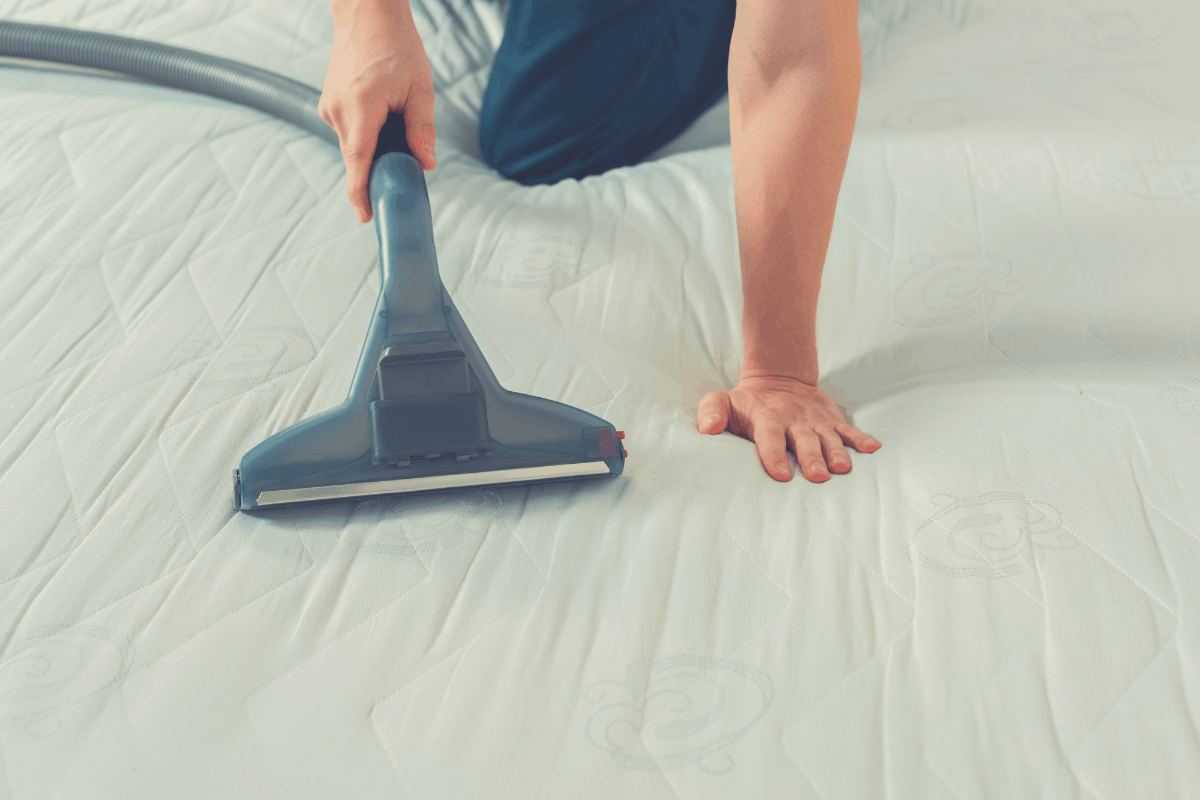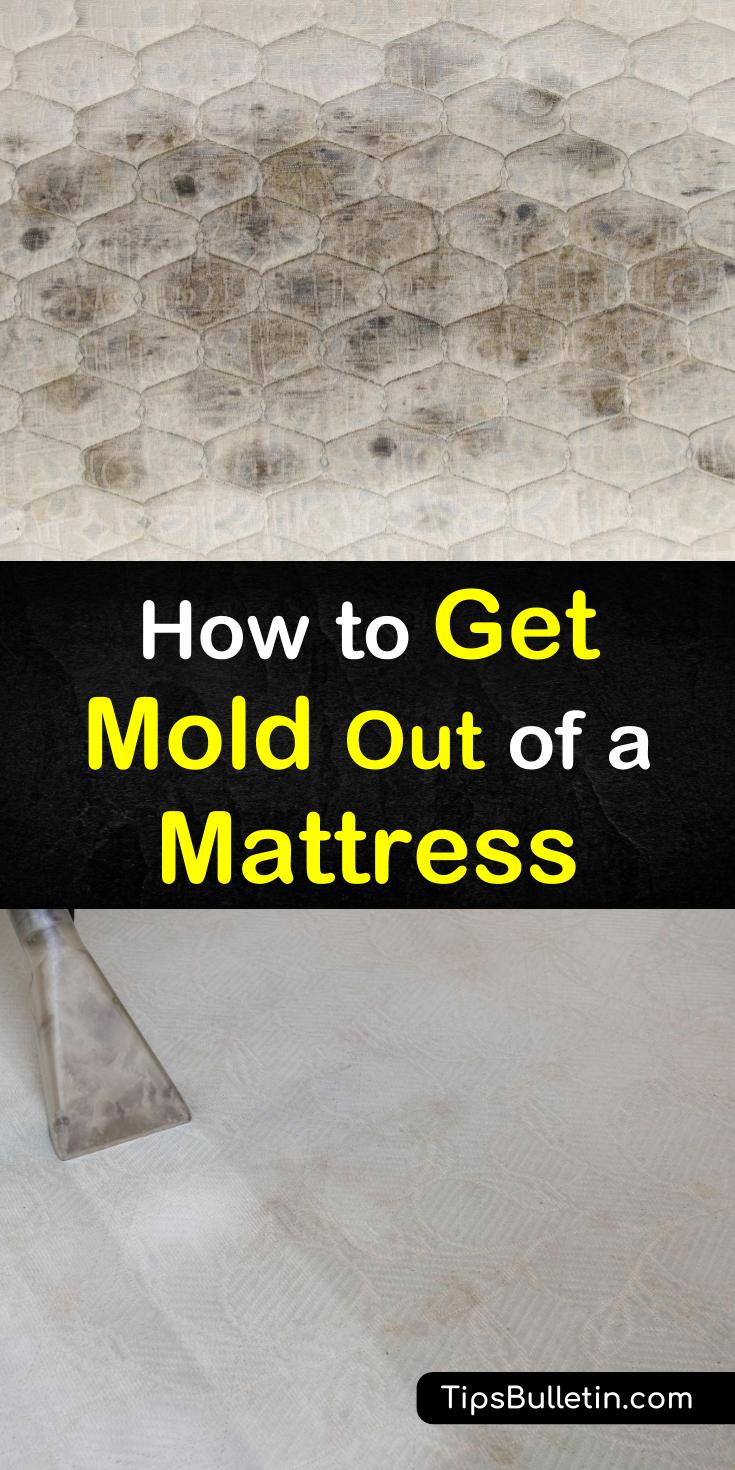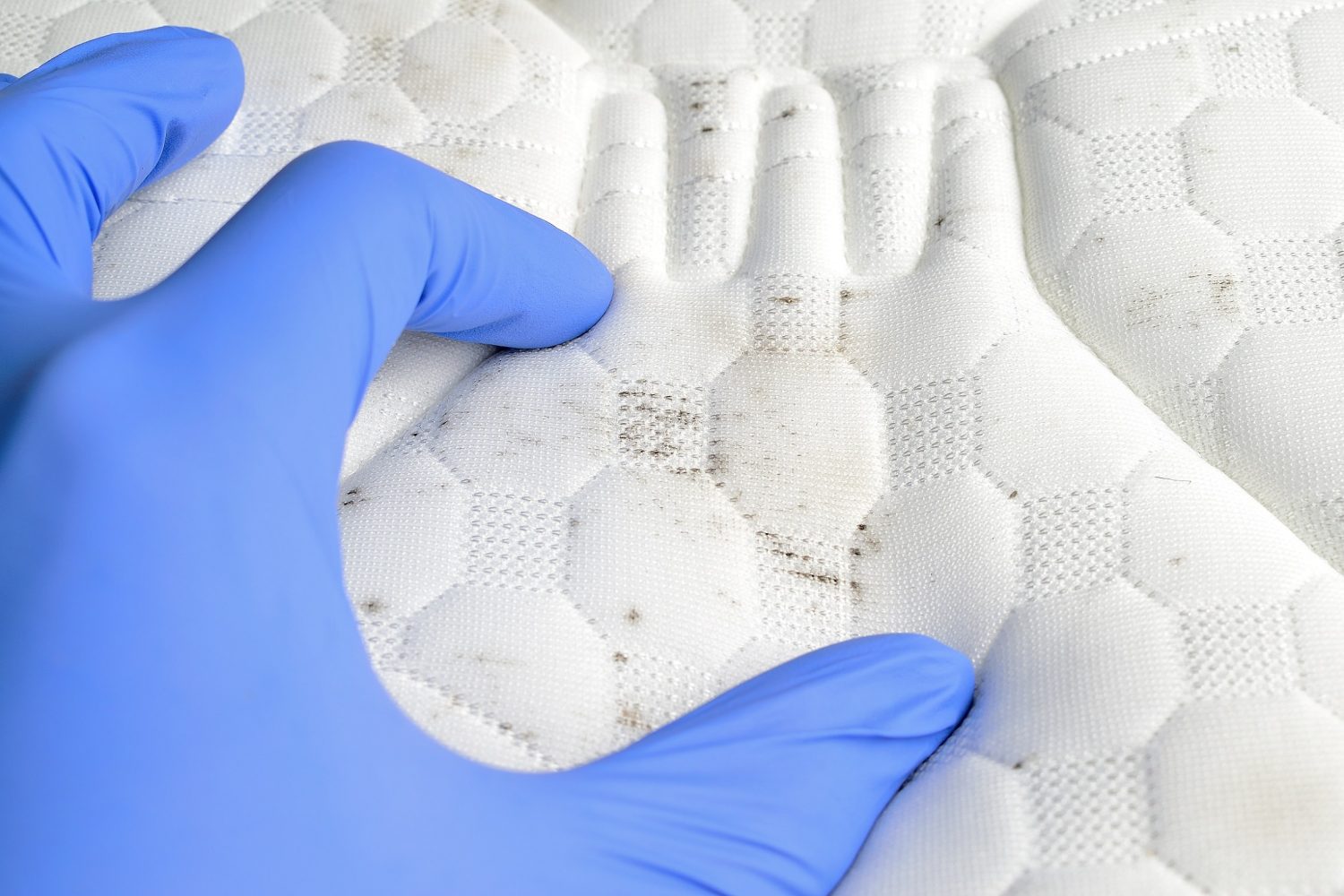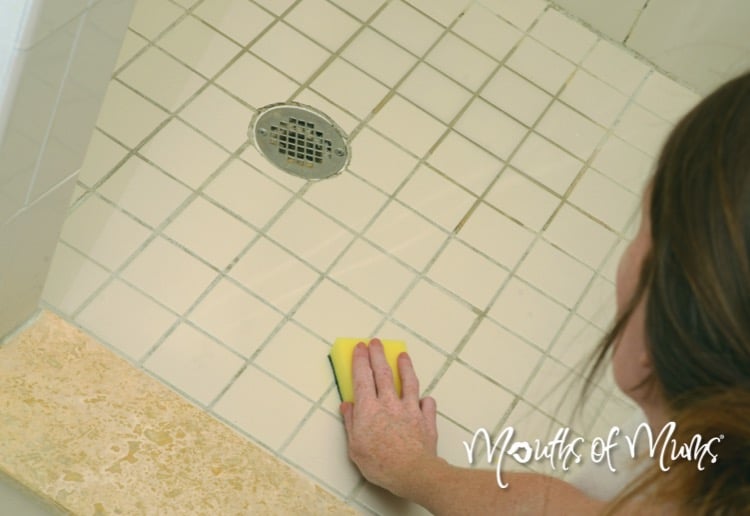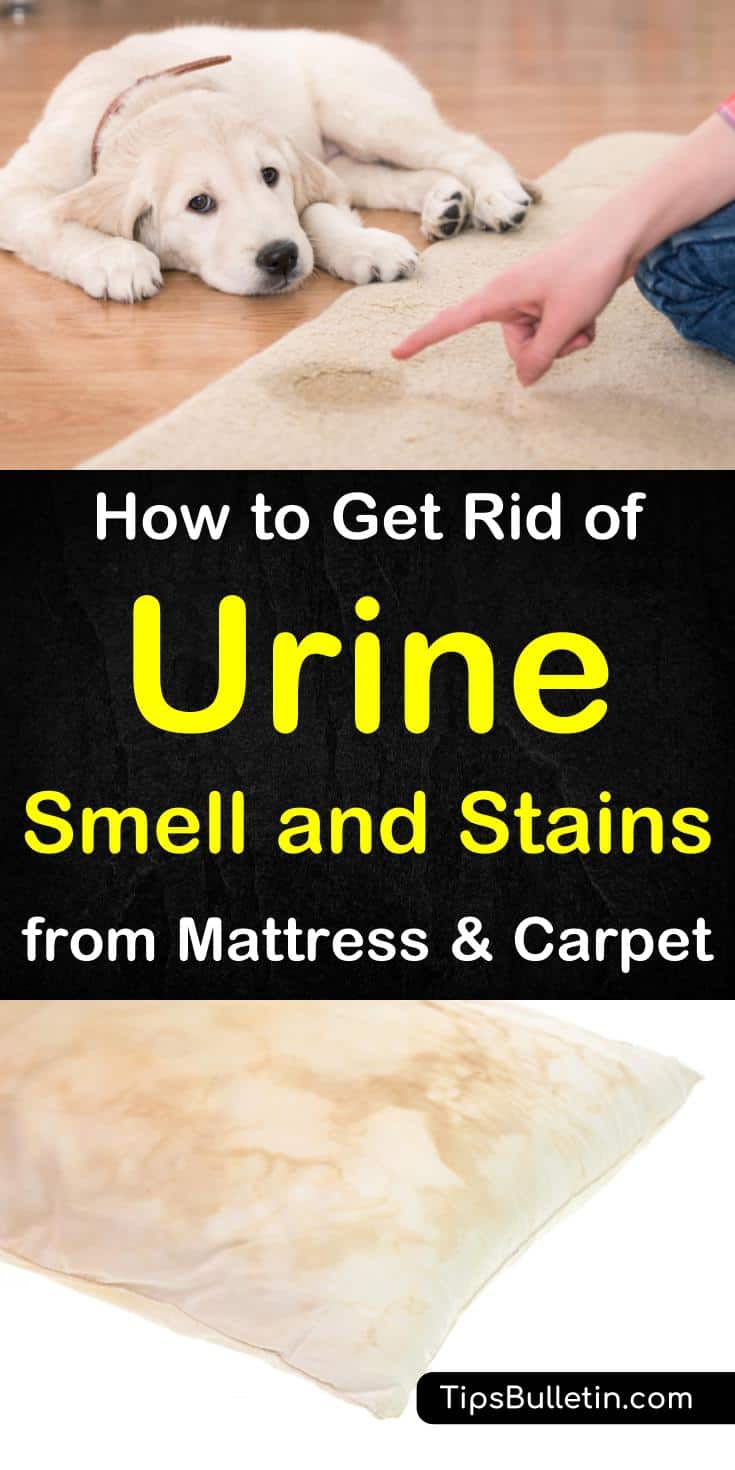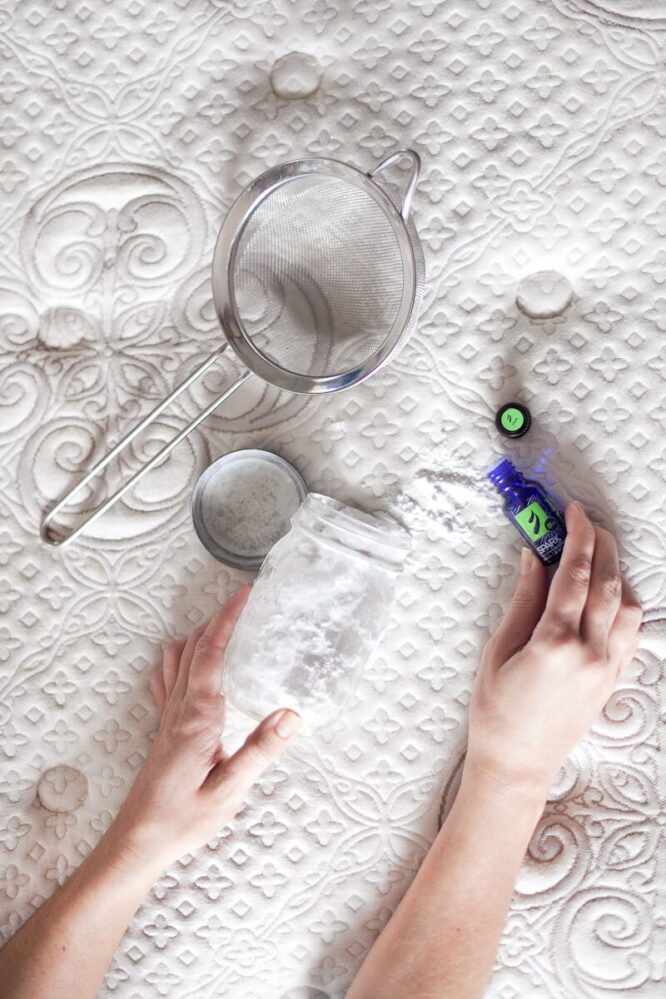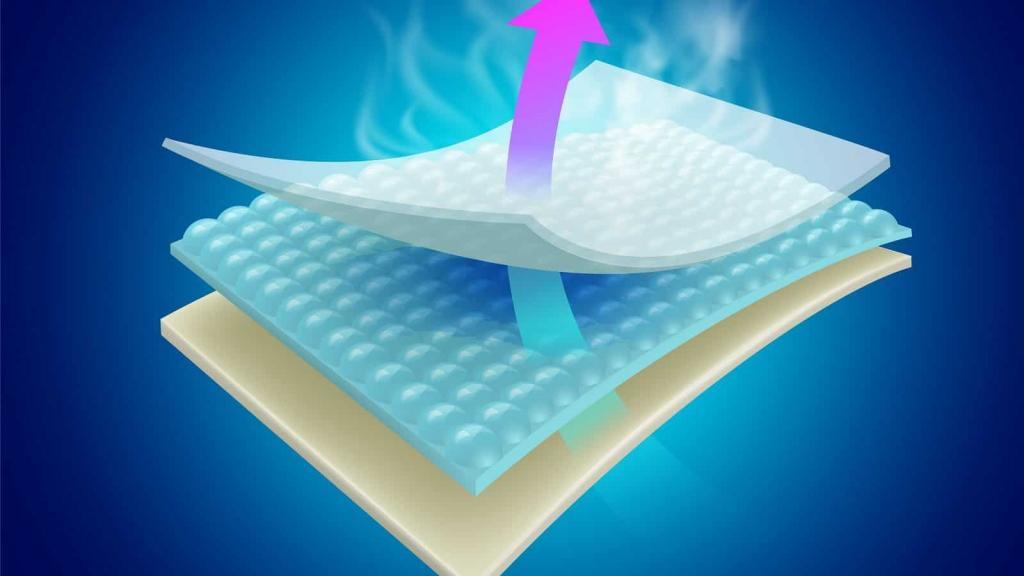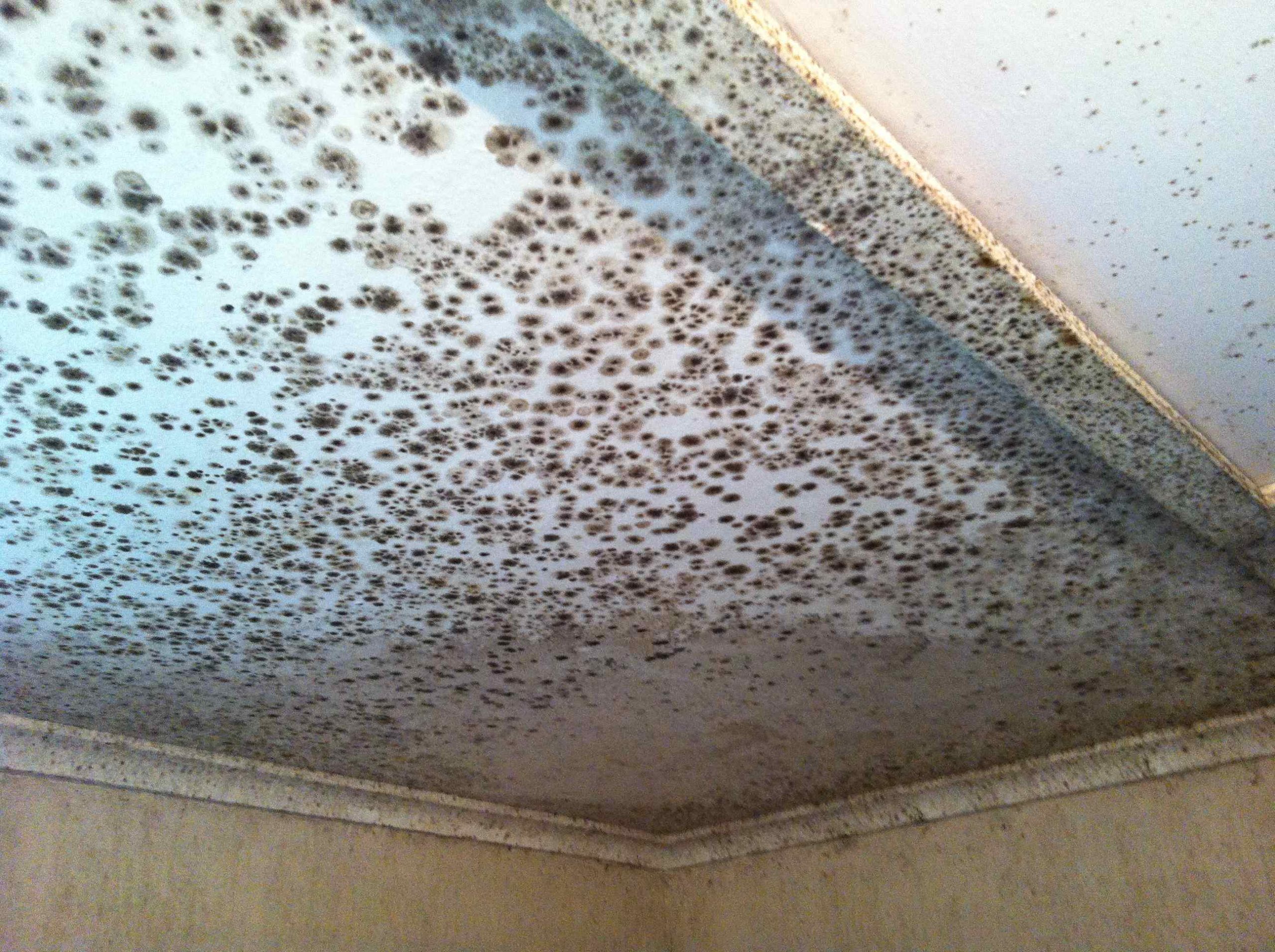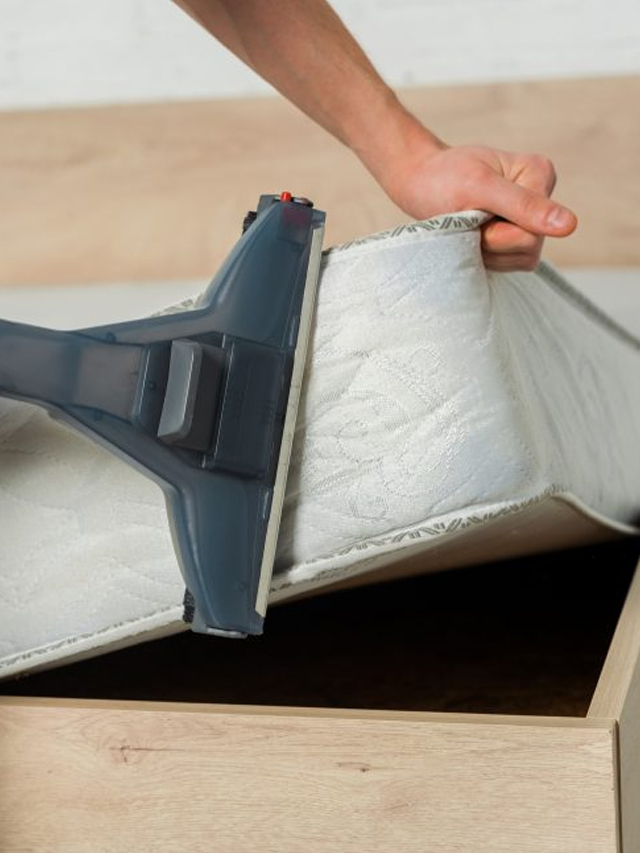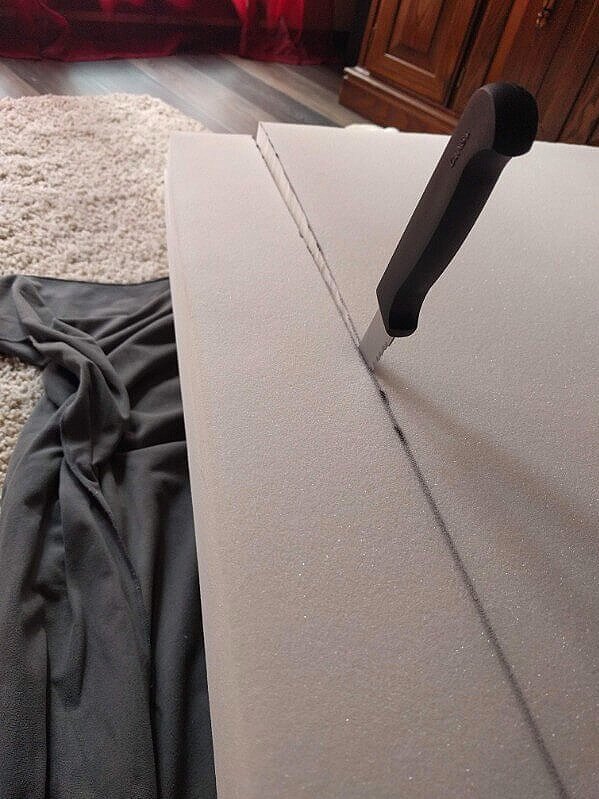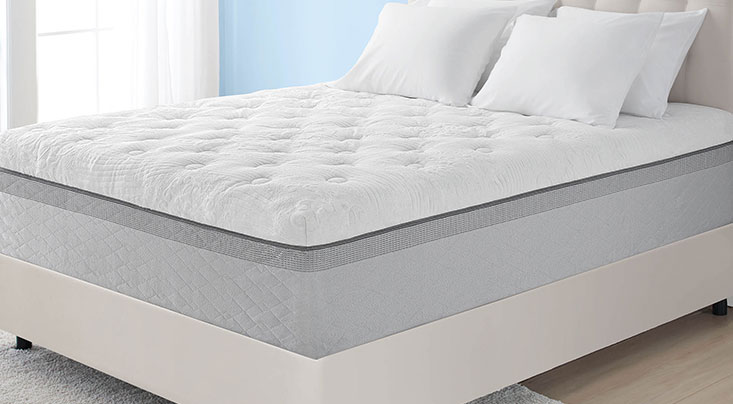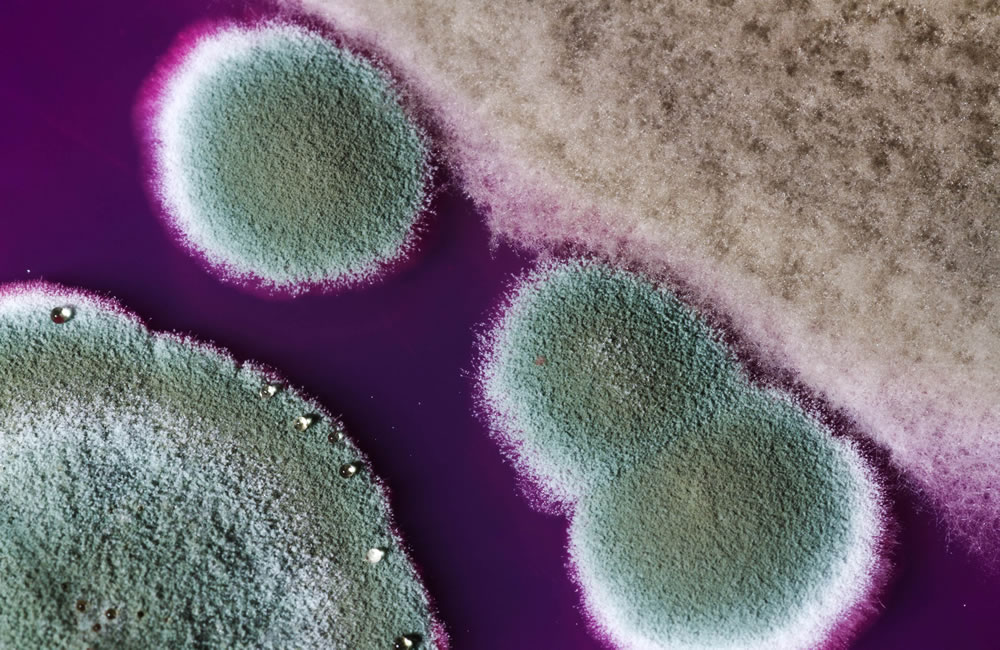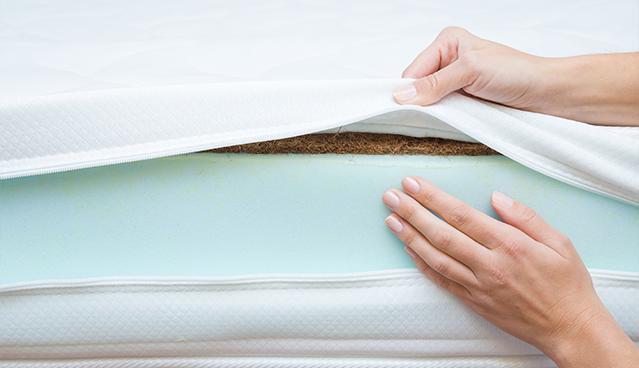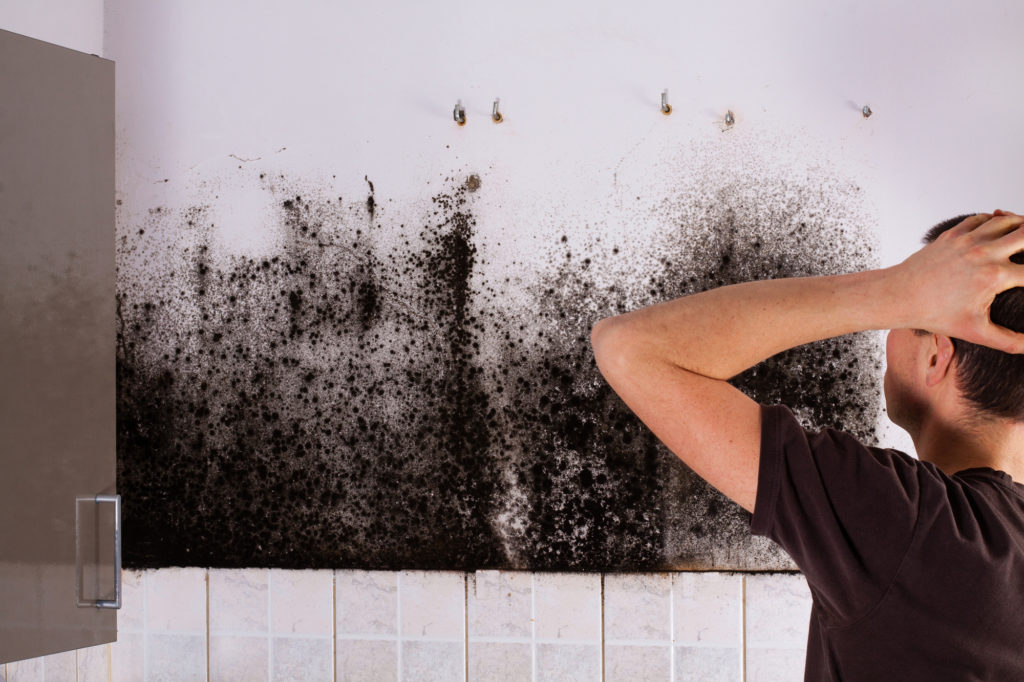Foam mattresses are a popular choice for many people due to their comfort and support. However, one issue that can arise with foam mattresses is the growth of mould. Mould can not only cause unpleasant odors but also pose a health risk. Here's what you need to know about mould in foam mattresses and how to prevent it. Mould in Foam Mattress: What You Need to Know
If you've noticed mould growing on your foam mattress, it's important to take action immediately. The longer you wait, the more difficult it will be to remove. The first step is to remove all bedding and sheets from the mattress and place them in the washing machine. Next, mix equal parts of water and white vinegar in a spray bottle and spray the affected area. Let it sit for a few minutes before using a clean cloth to gently blot the mould. Be careful not to rub the mould, as this can spread it further. Once the area is dry, vacuum the mattress to remove any spores that may still be present. How to Remove Mould from a Foam Mattress
Prevention is key when it comes to mould growth in foam mattresses. The best way to prevent mould is to keep your mattress clean and dry. This means regularly washing your bedding and sheets, and using a mattress protector. Additionally, make sure your bedroom is well-ventilated to prevent moisture buildup. If you notice any leaks or water damage in your bedroom, address them immediately. Preventing Mould Growth in Foam Mattresses
Sleeping on a mouldy foam mattress can pose serious health risks. Mould can cause respiratory issues and allergies, especially in those who are sensitive to it. It can also aggravate existing conditions such as asthma. Inhaling mould spores can also lead to headaches, fatigue, and even depression. It's important to address any mould growth on your mattress promptly to avoid these potential dangers. The Dangers of Sleeping on a Mouldy Foam Mattress
Regularly cleaning and maintaining your foam mattress is crucial in preventing mould growth. This includes vacuuming the mattress at least once a month and airing it out in the sunlight to kill any bacteria or mold spores. If you notice any spills or stains on your mattress, clean them immediately with a mild detergent and water. It's also a good idea to rotate your mattress every few months to prevent excessive wear and tear in one spot. Cleaning and Maintaining Your Foam Mattress to Prevent Mould
It's important to regularly check your foam mattress for any signs of mould growth. Some common signs to look out for include black or green spots on the surface of the mattress, a musty or unpleasant odor, and any discoloration. If you notice any of these signs, it's important to take action immediately to prevent the mould from spreading. Signs of Mould in Your Foam Mattress
The smell of mould can be quite unpleasant and difficult to get rid of. If you've already removed the mould from your mattress, but the smell lingers, there are a few things you can try. Sprinkle baking soda over the affected area and let it sit for a few hours before vacuuming it up. You can also try using a natural deodorizer, such as essential oils, to help eliminate the musty smell. If the smell persists, it may be time to invest in a new foam mattress. How to Get Rid of Mould Smell in a Foam Mattress
If you need to store your foam mattress for an extended period, it's important to do so correctly to avoid mould growth. Make sure the mattress is clean and completely dry before storing it in a cool, dry place. Avoid storing it in a basement or garage, as these areas tend to be more prone to moisture. It's also a good idea to wrap the mattress in a plastic cover to protect it from dust and other potential contaminants. The Best Way to Store a Foam Mattress to Avoid Mould
Mould can grow in foam mattresses for a variety of reasons. One of the most common causes is excess moisture. This can be due to spills, high humidity levels, or inadequate ventilation. Another cause can be poor maintenance and lack of regular cleaning. If you notice mould growth on your mattress, it's important to address the root cause to prevent it from happening again in the future. Common Causes of Mould in Foam Mattresses
If you're in the market for a new foam mattress, it's important to choose one that is mould-resistant. Look for mattresses that are made with anti-microbial and hypoallergenic materials. You can also opt for a mattress with a moisture-wicking cover to help keep it dry and prevent mould growth. It's also a good idea to research and read reviews to find a reputable brand known for their mould-resistant mattresses. How to Choose a Mould-Resistant Foam Mattress
The Dangers of Mould in Foam Mattresses

What is Mould and How Does it Form in Foam Mattresses?
 Mould
is a type of fungus that can grow in damp and humid environments.
Foam mattresses
, which are made of synthetic materials, are at a high risk for mould growth. This is because foam is a porous material that can easily trap moisture and provide an ideal breeding ground for mould. The presence of mould in a foam mattress can not only affect the quality of your sleep, but it can also have serious health implications.
Mould
is a type of fungus that can grow in damp and humid environments.
Foam mattresses
, which are made of synthetic materials, are at a high risk for mould growth. This is because foam is a porous material that can easily trap moisture and provide an ideal breeding ground for mould. The presence of mould in a foam mattress can not only affect the quality of your sleep, but it can also have serious health implications.
The Health Hazards of Mould in Foam Mattresses
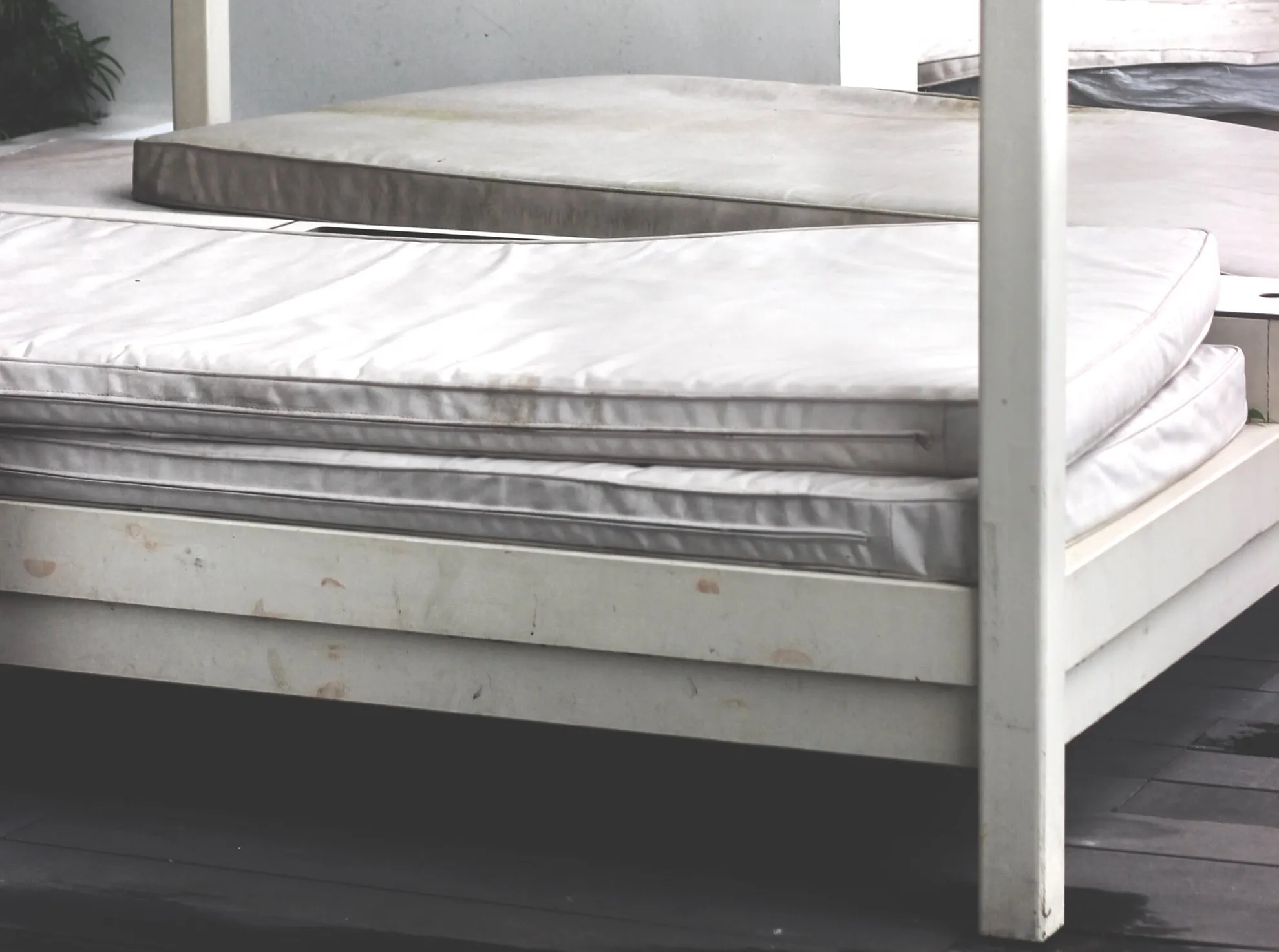 Mould can release spores into the air, which can cause
respiratory
problems such as
asthma
,
allergies
, and
sinus infections
. These spores can also irritate the skin and eyes, leading to
rashes
and
itching
. Furthermore, prolonged exposure to mould can weaken the immune system, making individuals more susceptible to
infections
and
illnesses
.
Mould can release spores into the air, which can cause
respiratory
problems such as
asthma
,
allergies
, and
sinus infections
. These spores can also irritate the skin and eyes, leading to
rashes
and
itching
. Furthermore, prolonged exposure to mould can weaken the immune system, making individuals more susceptible to
infections
and
illnesses
.
Preventing Mould Growth in Foam Mattresses
 To prevent mould growth in your foam mattress, it is important to keep it clean and dry.
Vacuuming
your mattress regularly can help remove any dust or debris that may contribute to mould growth.
Investing
in a high-quality mattress protector can also help prevent moisture from seeping into the foam. It is also recommended to
rotate
your mattress every few months to ensure that all areas are exposed to fresh air and sunlight, which can help prevent mould growth.
To prevent mould growth in your foam mattress, it is important to keep it clean and dry.
Vacuuming
your mattress regularly can help remove any dust or debris that may contribute to mould growth.
Investing
in a high-quality mattress protector can also help prevent moisture from seeping into the foam. It is also recommended to
rotate
your mattress every few months to ensure that all areas are exposed to fresh air and sunlight, which can help prevent mould growth.
What to Do if Your Foam Mattress Has Mould
 If you suspect that your foam mattress has mould, it is crucial to take immediate action.
Disinfecting
the affected area with a mixture of
vinegar
and
baking soda
can help kill the mould and prevent it from spreading. It is also important to
air out
the mattress and
dry
it thoroughly in a well-ventilated area. If the mould growth is severe, it may be necessary to
replace
the mattress altogether to ensure the health and safety of yourself and your family.
In conclusion,
mould in foam mattresses
is a serious issue that should not be taken lightly. By understanding the dangers of mould and taking preventative measures, you can ensure that your foam mattress remains clean and free of any harmful mould growth. Remember to regularly clean and maintain your mattress, and if necessary, seek professional help to properly remove any mould. A good night's sleep starts with a healthy and mould-free foam mattress.
If you suspect that your foam mattress has mould, it is crucial to take immediate action.
Disinfecting
the affected area with a mixture of
vinegar
and
baking soda
can help kill the mould and prevent it from spreading. It is also important to
air out
the mattress and
dry
it thoroughly in a well-ventilated area. If the mould growth is severe, it may be necessary to
replace
the mattress altogether to ensure the health and safety of yourself and your family.
In conclusion,
mould in foam mattresses
is a serious issue that should not be taken lightly. By understanding the dangers of mould and taking preventative measures, you can ensure that your foam mattress remains clean and free of any harmful mould growth. Remember to regularly clean and maintain your mattress, and if necessary, seek professional help to properly remove any mould. A good night's sleep starts with a healthy and mould-free foam mattress.






